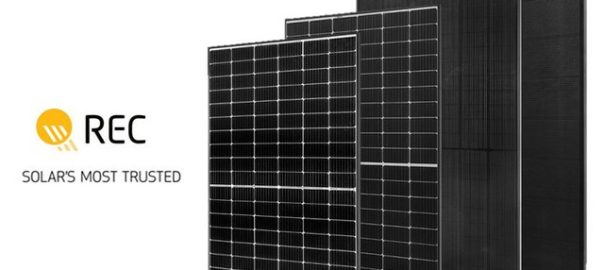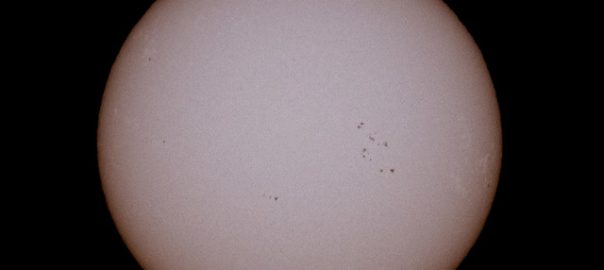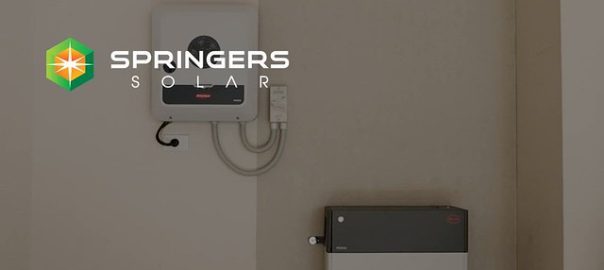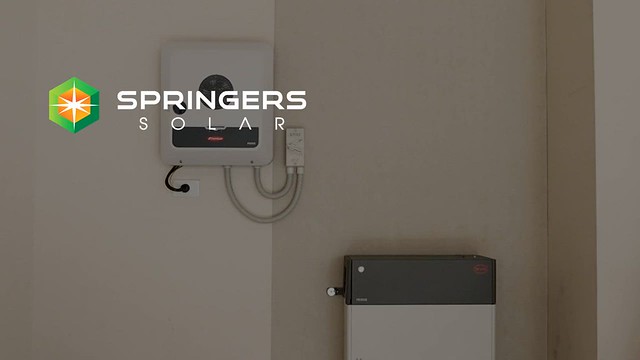
How a Solar Energy System Works
Solar energy is radiant light and heat that can be harnessed to produce electricity. It also provides thermal energy for heating buildings and generating hot water.
Solar systems are sized based on the expected electricity usage of your home or off-grid dwelling, and there are online calculators to help you determine this.
Solar Energy
The sun’s light and heat can be harnessed to create renewable or “green” energy. Solar panels, also known as photovoltaic cells, are a familiar sight in power stations and on homes and businesses. When sunlight hits a photovoltaic cell, it loosens electrons from atoms inside the cell’s semiconductor material. The free electrons flow through metal contacts within the panel and generate electricity.
Solar energy can be used by itself or in combination with other forms of energy. When used alone, solar energy produces no pollutants and has minimal environmental impact.
When combined with storage technologies, such as batteries, solar power can provide reliable electricity even during times of peak demand. Peak power usage typically occurs on hot summer afternoons and evenings, when electricity is needed to cool homes and run appliances.
Solar energy systems vary in size and cost, and the amount of electricity they produce depends on how much sunlight the area receives. To determine how large a system you need, consult your local meteorological data, or ask the utility company about average electricity consumption in your area. It’s also helpful to have copies of recent utility bills on hand to compare the power your solar system produces against how much electricity you consume. Once you’ve applied for connectivity to the grid, a bi-directional meter is installed to track your electricity use and solar production.
Solar Panels
Solar panels convert sunlight into electricity to power homes and businesses. Solar energy also produces heat to heat homes, water and commercial buildings, or is used for large-scale power generation.
Solar power is a renewable, sustainable resource. Solar panels generate electricity through the photovoltaic effect, a process that occurs when particles of sunlight called photons knock electrons free from atoms in the panel, creating a flow of electricity. The more electrons that are captured, the more electricity that is produced. Solar energy is the most cost effective, environmentally friendly way to produce clean, renewable electricity.
There are several types of solar panels, including crystalline silicon, thin film and SOLAR ENERGY SYSTEM amorphous silicon. The best type of solar panels for your home will depend on your location, electricity consumption and peak power demands.
For the simplest deployment, solar panels are attached to a support frame or rack known as a fixed mount and are tilted to face south (in the Northern Hemisphere) or north (in the Southern Hemisphere). More advanced systems include motor-driven tracking mounts that reorient themselves based on the daily and seasonal movement of the sun.
When combined with a smart inverter, your solar system can monitor and adjust its energy use to maximize your production. This is particularly important if you participate in a net metering program with your local utility company, which credits homeowners for sending excess electricity back to the grid.
Solar Thermal
Solar thermal energy can be used to generate electricity or for industrial applications such as pasteurization, curing, drying, and distillation. Thermal energy storage can be incorporated to increase dispatchability and lower the levelized cost of electricity (LCOE).
Concentrating solar-thermal power (CSP) technologies use mirrors to concentrate sunlight onto a receiver that’s mounted on a tracker, or parabolic trough. The concentrated sunlight heats a fluid, usually water, to high temperatures. The hot fluid is then used to spin a turbine or engine to generate electricity.
The solar energy that isn’t converted to electricity is stored in a thermal energy storage system. This allows CSP plants to operate during night and overcast conditions, displacing fossil fuel- or nuclear-powered plants. Using storage also reduces LCOE by increasing the utilization factor of the plant.
Several different thermal energy storage systems have been developed, including the molten salt system employed in the Andasol 1 power plant near Granada, Spain. Another is a modular solar steam-generator power plant designed by Solar Millennium, which has a prototype near Barstow, California.
Commercial concentrating solar power (CSP) was first demonstrated in 1985 at the 354 MW SEGS solar complex in the Mojave Desert of California. Commercial plants are built with either a parabolic trough design or a solar power tower. The Ivanpah solar power facility uses trough technology without thermal storage, while the Ouarzazate solar power station uses both trough and tower technology with several hours of energy storage.
Solar Batteries
Solar batteries add a solar water pump for home new dimension to solar power systems, enabling homeowners to store energy for use when the sun isn’t shining. This reduces reliance on the grid and makes a solar system more reliable — especially in regions with variable sunlight.
Batteries are available with different capacities and voltage options to suit specific solar energy needs. The type of battery chemistry is also important, as some work best for short periods and others for longer. Some common chemistries include lead-acid, lithium ion, nickel cadmium and flow batteries.
Regardless of the type of battery, solar energy storage systems require an inverter to convert DC into AC electricity for the home or the electric grid. This is a key part of the technology and helps ensure that solar energy storage can deliver high levels of reliability, efficiency and cost-effectiveness.
Solar battery brands like Generac PWRcell and Tesla Powerwall are known for their durability and integrated design, blending seamlessly with solar panel systems. Their built-in inverter reduces components, lowering system costs and optimizing performance.
In general, a battery in self-consumption mode will maintain a low state of charge (SOC) each day, charging during the sun’s peak hours and discharging through a home’s electrical consumption at night. During an outage, the battery will provide backup power to essential appliances and keep them running for as long as necessary.
















